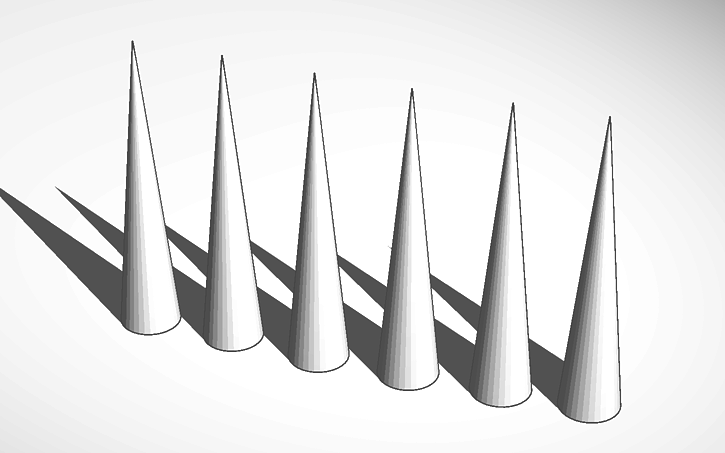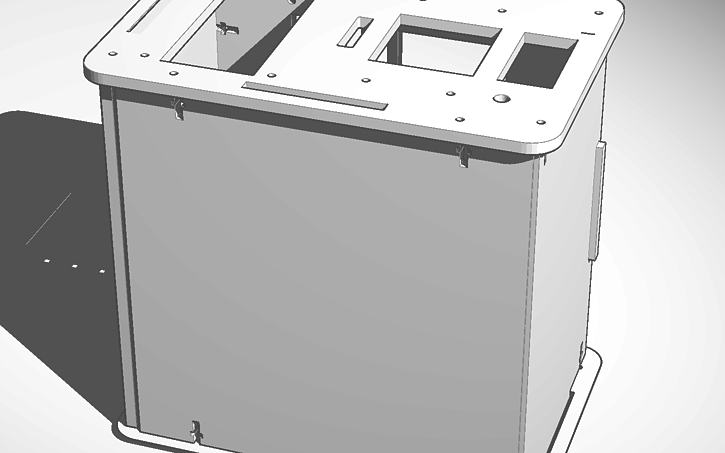BME100 f2014:Group8 L6
| Home People Lab Write-Up 1 | Lab Write-Up 2 | Lab Write-Up 3 Lab Write-Up 4 | Lab Write-Up 5 | Lab Write-Up 6 Course Logistics For Instructors Photos Wiki Editing Help | |||||||||||||||||||||||||||||||||||||||||||||||||||||||||||||||||||
OUR TEAM
BAYESIAN STATISTICS
|
|||||||||||||||||||||||||||||||||||||||||||||||||||||||||||||||||||
| Variable | Description | Numerical Value |
|---|---|---|
| A | Positive Test Results | .48 |
| B | A Positive PCR Reaction | .49 |
| P(B|A) | Probability of a positive PCR reaction given positive PCR results | .89 |
| P(A|B) | Probability a patient has positive test results given a positive PCR reaction | .87 |
</html>
Calculation 2: What is the probability that a patient will get a negative final test conclusion, given a negative diagnostic signal?
| Variable | Description | Numerical Value |
|---|---|---|
| A | Negative Test Results | .39 |
| B | A negative diagnostic signal | .39 |
| P(B|A) | Probability a patient got a negative diagnostic given a negative PCR result | .77 |
| P(A|B) | Probability a patient gets a negative PCR result given a negative diagnostic | .77 |
Calculation 3: What is the probability that a patient will develop the disease, given a positive final test conclusion?
| Variable | Description | Numerical Value |
|---|---|---|
| A | Patient will develop disease | .34 |
| B | Positive Final Test Conclusion/td> | .48 |
| P(B|A) | Probability a patient with a positive final test conclusion will develop the disease | .43 |
| P(A|B) | Probability a patient will develop the disease given a positive final test conclusion | .30 |
Calculation 4: What is the probability that a patient will not develop the disease, given a negative final test conclusion?
| Variable | Description | Numerical Value |
|---|---|---|
| A | a patient will not develop the disease | .66 |
| B | Negative final test conclusion | .39 |
| P(B|A) | Probability a patient will have a negative test conclusion given they will not develop the disease | .27 |
| P(A|B) | Probability a patient will not develop the disease given a negative final test conclusion | .46 |
- Calculation 1 describes the sensitivity of the system regarding the ability to predict the disease.
- Calculation 2 describes the sensitivity of the system regarding the ability to detect the disease SNP.
- Calculation 3 describes the specificity of the system regarding the ability to predict the disease.
- Calculation 4 describes the specificity of the system regarding the ability to detect the disease SNP.
COMPUTER-AIDED DESIGN
FEATURE 1: REAGENTS & SUPPLIES
Materials: Plastic tubes Slides Pippeting tips
The pippeting tips and plastic tubes will now be made of a slightly more dense plastic so that they can survive more autoclave sanitation. By autoclaving all of these materials instead of throwing them away after one use, the cost of materials can be brought down and the labs' effect on the environment can be managed. After a number of sanitation repetitions, these supplies will need to be thrown away due to degradation. They can be sanitized one last time and then recycled, further reducing the labs impact on the environment.
FEATURE 2: HARDEWARE- PCR MACHINE AND FLUORIMETER
The PCR machine has been resigned to use more efficient heating techniques and is thus able to be more compact. With a more compact design, larger numbers of these machines can be used in a smaller amount of space, allowing labs to run more PCR processes at the same time. Alongside this reduction in size, a handle will be added to the lid of the machine to make it easier for users to insert materials.
The flourimeter has been redesigned to increase consistency and usability. A clamping stand for the camera has been attached and a program has been designed to take measurements of the droplet instead of using human eyes and an image editing software. This will reduce the human error which was found in this investigation. When a person who has not undergone extensive training analyzes the same image twice, it is unlikely that they will be able to find exactly the same results. To combat this, the software analyzes the picture and computes the necessary values automatically.







